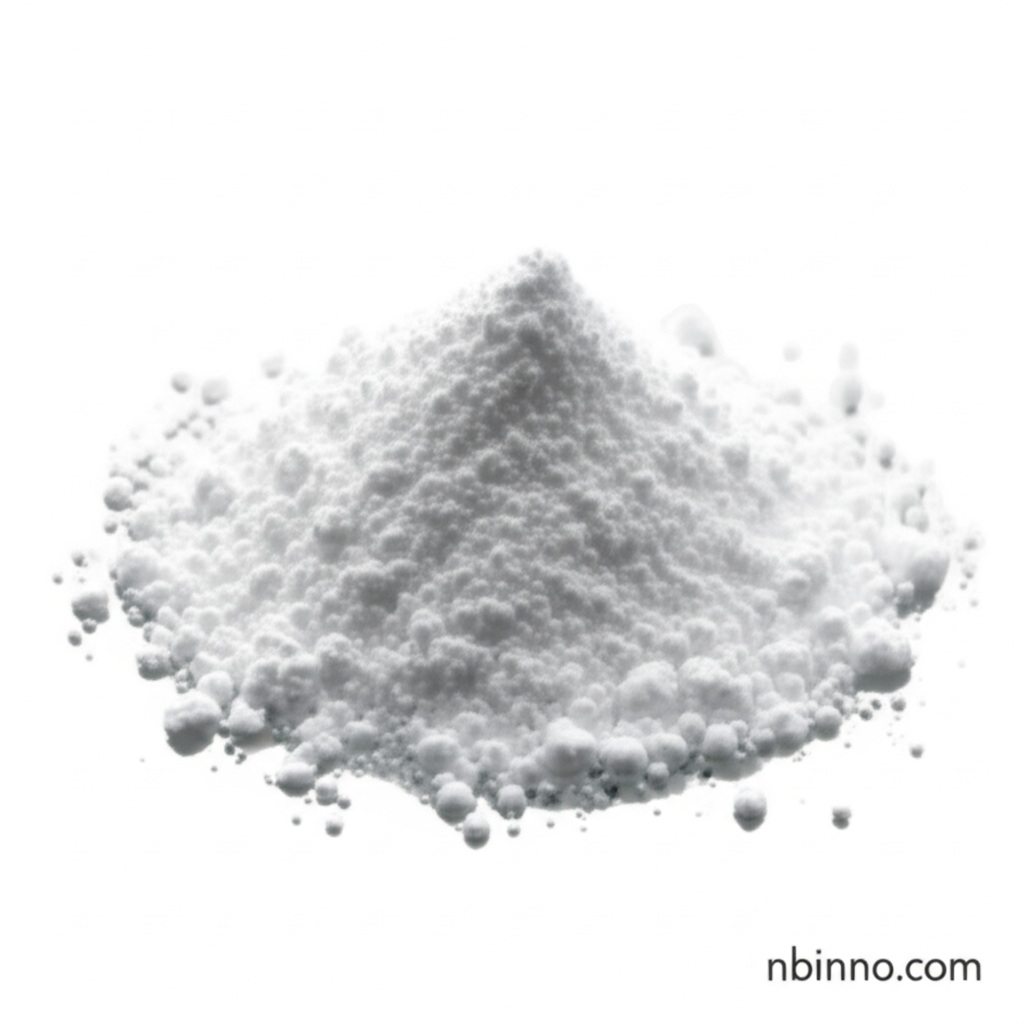5-Phenyl-1,10-phenanthroline: A Versatile Ligand in Coordination Chemistry and Material Science
Explore the diverse applications and unique properties of 5-phenyl-1,10-phenanthroline, a key compound in advanced materials and chemical synthesis. Discover its role as a ligand in forming metal complexes for luminescence, sensing, and electronic devices.
Get a Quote & SampleProduct Core Value

5-Phenyl-1,10-phenanthroline
As a leading supplier in China, we offer high-quality 5-phenyl-1,10-phenanthroline, a crucial compound in coordination chemistry and material science. Its ability to form stable complexes with metal ions makes it ideal for applications ranging from chemosensors to advanced optoelectronic materials. We provide reliable sourcing for this specialized chemical intermediate, supporting your research and development needs.
- Explore the diverse applications of 5-phenyl-1,10-phenanthroline in chemosensors and ionophores, leveraging its unique chelating properties.
- Discover its role in developing photoactive metal-organic frameworks (MOFs) with favorable CO2 selectivity for advanced material science applications.
- Understand the electronic structure and bonding properties that make this compound valuable for optoelectronic devices, including organic light-emitting diodes (OLEDs).
- Learn about the synthesis methods for 5-phenyl-1,10-phenanthroline, a key factor in its availability for various scientific research applications.
Key Advantages
Versatile Ligand Properties
The compound serves as a versatile ligand in coordination chemistry, forming strong complexes with most metal ions, which is fundamental in analytical chemistry applications and chemical synthesis.
Advanced Material Applications
Its application in material science, particularly in the synthesis of photoactive metal-organic frameworks (MOFs) with favorable CO2 selectivity, showcases its advanced functionality.
OLED and Optoelectronics
Derivatives of 5-phenyl-1,10-phenanthroline are used in developing red-emitting materials for optoelectronic devices, especially organic light-emitting diodes (OLEDs), highlighting its contribution to cutting-edge technology.
Key Applications
Coordination Chemistry
5-Phenyl-1,10-phenanthroline is a versatile ligand, forming complexes with various metals for analytical purposes and catalytic applications in chemical synthesis.
Material Science
Used in the synthesis of photoactive metal-organic frameworks (MOFs) and as a component in advanced materials, enhancing properties like coordinative strength.
Optoelectronics (OLEDs)
Derivatives are employed in developing red-emitting materials for optoelectronic devices, significantly improving organic solar cells' efficiency when used as a cathode buffer layer.
Biochemical Research
Its ability to inhibit metalloproteins makes it valuable in studying enzyme mechanisms and developing therapeutic agents, including its use in electrochemical sensors.
